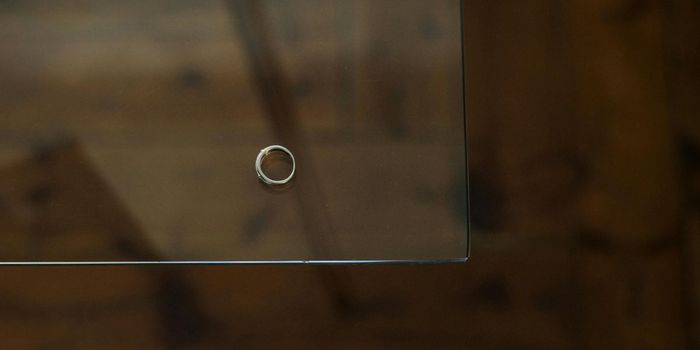Revealing the Genetics of Our Sixth Sense - Proprioception
We need to be aware of our body to move properly, and we have special neurons in our muscles that can tell our brain what various parts of our body is doing. Our sixth sense, proprioception, is unconscious, and enables us to perform activities like drinking from a mug when we aren't watching it or walking around in the dark without falling.
With propioception, our brain can gather information from the joints and muscles about how we are moving, standing, and where we are in space. It enables the central nervous system to send the correct signals to motor neurons, then muscles, so we move in certain ways, explained corresponding study author Dr. Niccolò Zampieri, head of the Development and Function of Neural Circuits Lab at the Max Delbrück Center.
"People without proprioception can't actually perform coordinated movements," added Zampieri.
In Nature Communications, Zampieri and colleagues have outlined the molecular players that are involved in the sixth sense, which can provide new insights into the function of proprioceptive sensory neurons (pSN).
The cell bodies of pSNs sit in the dorsal root ganglia of the spinal cord, and are connected to muscles and tendons by long nerve fibers, monitoring the stretch and tension of every muscle. The information is sent from the pSNs to the central nervous system, where motor neuron activity is controlled so we can move.
In this work, the researchers found that molecular markers that distinguish between pSNs of the abdominal, limb, and back muscles in the mouse. They used single-cell sequencing to reveal the characteristic genes used by pSNs for each muscle group.
Study co-author Dr. Stephan Dietrich explained that there are genetic programs that can decide if a proprioceptor will connect to abdominal, limb, or back muscles. These genes included some that encode for ephrin molecules and their receptors. For example, in mice that cannot generate ephrin-A5, the communication between proprioceptors and rear leg muscles is disrupted.
"The markers we identified should now help us further investigate the development and function of individual muscle-specific sensory networks," added Dietrich.
"With optogenetics, for instance, we can use light to turn proprioceptors on and off, either individually or in groups. This will allow us to reveal their specific role in our sixth sense," Zampieri noted. The work may also eventually benefit people with spinal cord injuries. A better understanding of proprioception will allow scientists to create better neuroprostheses that might improve impaired sensory abilities.
Sources: Max Delbrück Center for Molecular Medicine, Nature Communications









